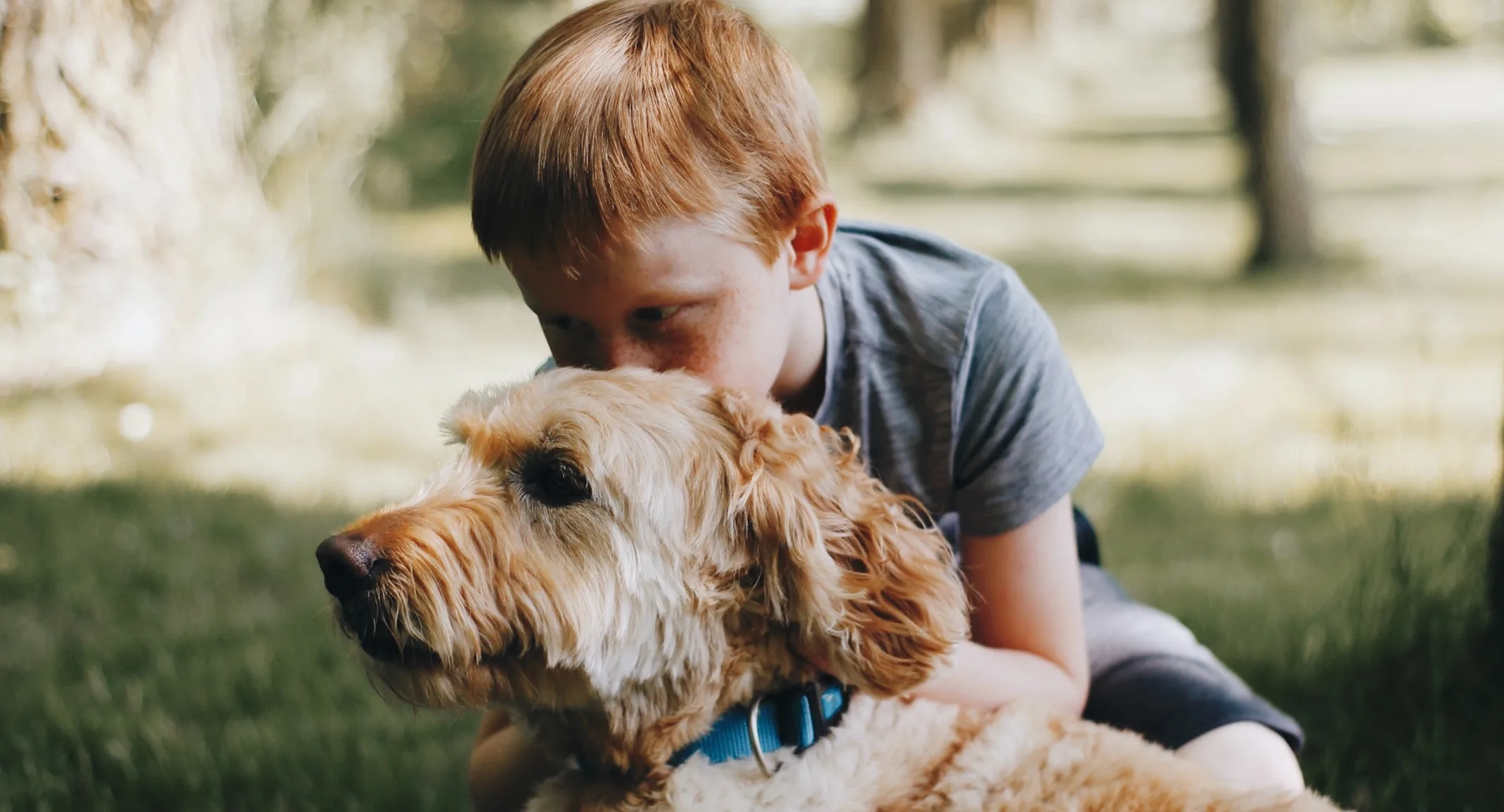Teaching Children to Interact with Dogs Safely
Safety Tips

Most people love the idea of kids and pets together. There is nothing quite like growing up with a beloved furry sibling. However, as with all animals, safety is key in terms of interactions with our pets as well. Ensure that children are taught to respect Fido’s or Fifi’s boundaries, and adults should not allow children to be unsupervised around pets. This blog post focuses on safety tips for kids and dogs, and proactive tips for safe interactions.
Signs that your dog is stressed needs a break from their kiddie companions:
“Whale eye”: Occurs when a dog exposes the white part of their eyes by opening them wide
Avoidance: moving away and/or looking away
Exaggerated yawning
Repetitive lip licks, which usually consist of the tip of the tongue touching the nose briefly
Panting when it is not hot
Tail down and/or tucked between legs
Ears held back or down
Stiff body posture
Growling/Barking insistently
What can I teach my children to do?
This video provided by Good Dog in a Box outlines general safety tips for children around dogs.
Tips for Kids:
If a dog does not want to be touched, say hi from a distance!
Always ask before approaching a strange dog
Avoid reaching over a dog to pet them on the top of the head, pat the side of the shoulder or body if the dog is comfortable!
Do not touch a dog who is eating or sleeping
Do not take a toy from a dog unless they are offering it to you to play
What can I do as a parent?
Teach children to respect animals as companions. Never allow children to climb on dogs or pull on canine tails, limbs or ears
Encourage children to be calm and gentle when greeting dogs, especially strange dogs
Supervise children and pets, watching for the signs that the dog is uncomfortable to intervene and allow breaks or separation if necessary
Kisses and hugs make most dogs uncomfortable. Teach children to only blow kisses from afar.
